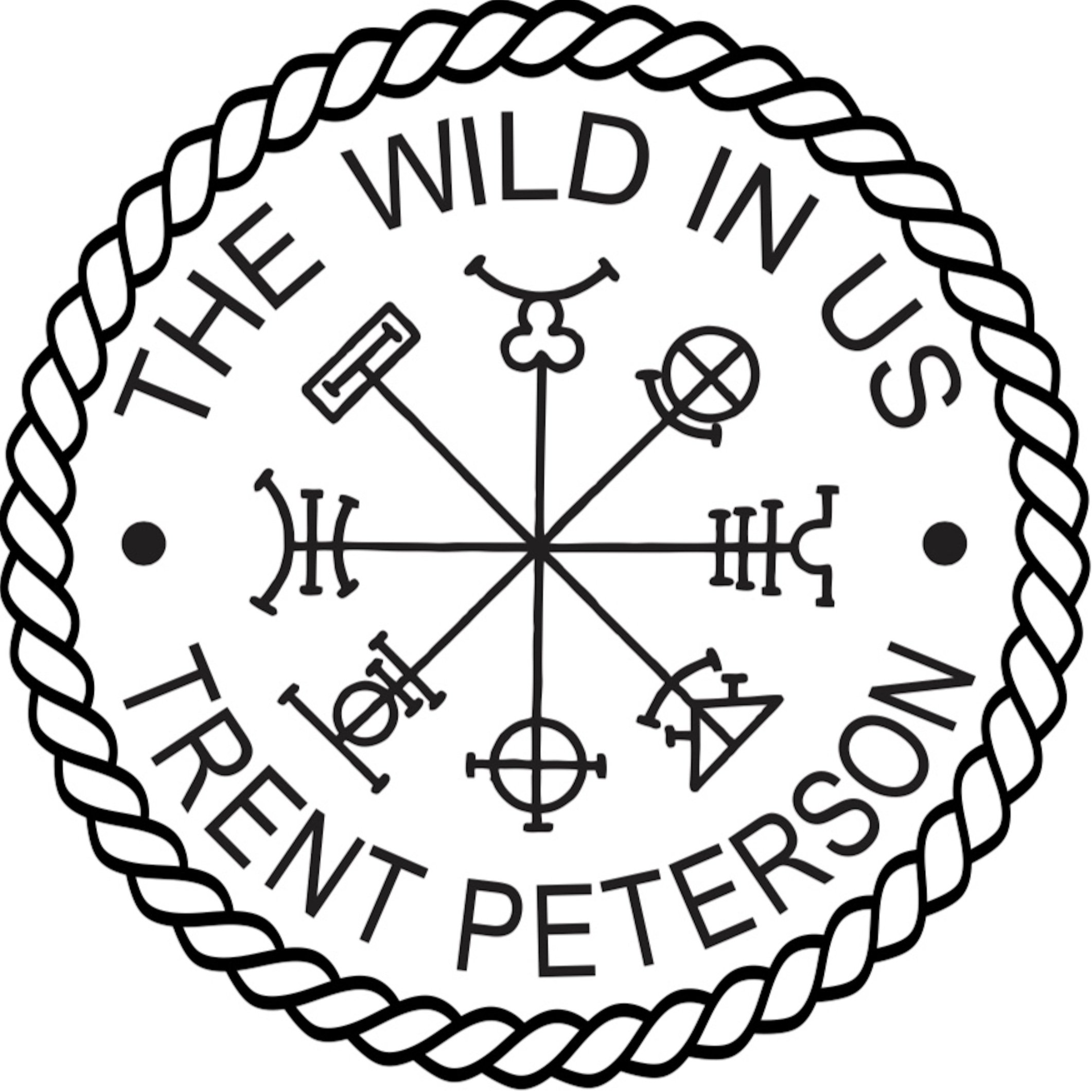The first day...
The night before adoption, the reality of what we were about to embark on still hadn’t fully set in. In the morning, after a quick breakfast and last minute double check of the trailers, we set off for our 8:30am adoption appointment with the BLM. The sun had just come up over the hills that surround Susanville, and the air was still crisp from the cold night air.
When we arrived at the holding facility the wranglers were ready and waiting for us. After a brief introduction they set out moving the mustangs from their holding pens to the sorting pens. The thundering sound of the there hooves as they ran down the alley way was somewhat reminiscent of a stampede; controlled chaos more or less. Once they were in the smaller sorting pens and we could look at them individually a little closer, we began hollering out the numbers of the ones we liked, kicking out the ones we didn’t to narrow down the numbers. Before long, we had it down to 6 horses that met our criteria for what we were looking for. Good conformation, strong legs and hips, healthy hooves, and nice movement. We are going to be traveling over 2000 miles with these guys, so movement is imperative.
From the 6 that we chose to be candidates, we were able to pick out 3 that we really liked. With a few signatures on a couple of documents and the handing over of some cash, before you knew it we were loading our wild mustangs into the trailers one at a time, head back to the ranch and start the gentling process. We need to get them in a place mentally where we have gained their trust, and they have accepted us into their herd. It's hard to say how long this will take, but it shouldn’t take longer than a week, maybe two.
There are many philosophies when it comes to training a horse, and that holds true with breaking wild mustangs. Because we are not facing an immediate deadline, we decided to take it slow with them. Our philosophy is that in the end, you will get a better animal if you gain their trust first. Part of that process for the first few days is just getting inside their corrals and just moving around or sitting in there with them. Not really doing anything in particular, but just letting them know that we are not here to hurt them. Letting them understand that and being comfortable with us in their space.
As I write this, I’m sitting against the fence in Gary’s corral. He’s standing there in his corner facing me, but it looks like he’s about to fall asleep. He has his one leg cocked back in a vulnerable resting position, and seems to be just fine with the idea that I might not be trying to trick him, that I might actually be here to be his friend. All of which are good signs.
We want to give them time, and the compassion they need. We know they don't understand what's going on - we don’t speak their language nor they ours. But through observation and an understanding of the dynamics of a herd, we can cross the language barrier to gain their trust and begin our journey with these mustangs as partners.


